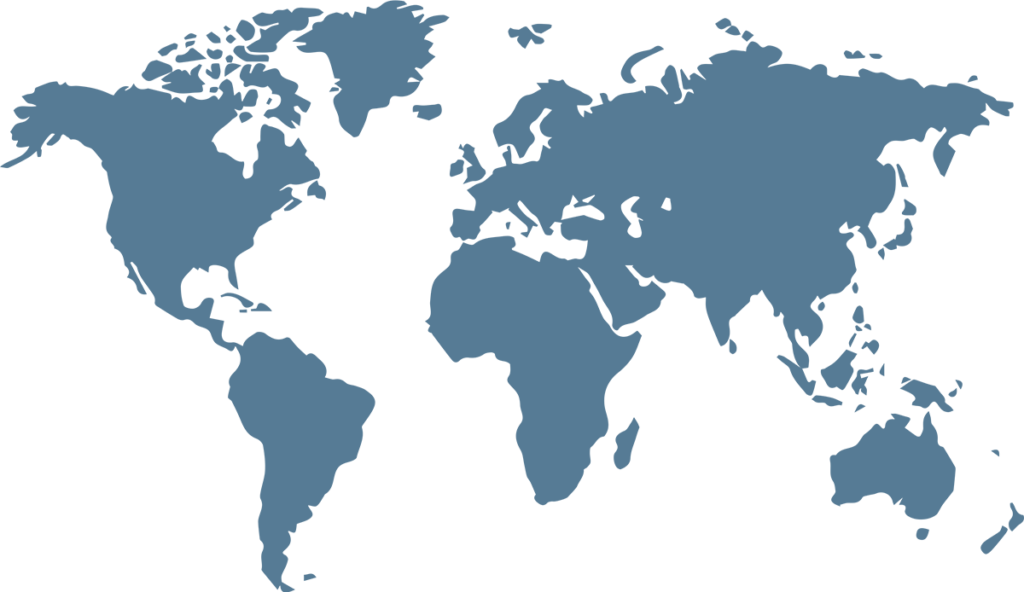In the digital marketing realm, the design and content of your landing page play a crucial role in determining your success. A well-crafted landing page not only retains visitors' attention but also converts them into leads or customers. With the right elements in place, you can significantly enhance your conversion rates and achieve your business goals. This guide will explore effective strategies to create landing pages that resonate with your target audience, keep them engaged, and ultimately drive conversions.
Table of Contents
1. Understand Your Goals
Before you start designing your landing page, it’s essential to understand the primary goal. Whether you aim to collect email addresses, sell a product, or get users to sign up for a webinar, your goal will dictate the structure and content of the page. Define your aim clearly to align your messaging and design elements strategically.
2. Craft a Compelling Headline
Your headline is the first thing visitors will see, so it must be captivating and relevant to their interests. A strong headline should communicate the value proposition effectively, grabbing attention within seconds. Aim for clarity and intrigue to encourage users to read further.
3. Utilize Engaging Visuals
Visual content plays an integral role in capturing and sustaining attention. Use high-quality images, videos, or infographics relevant to your offer. Engaging visuals can create an emotional connection, making your landing page more appealing and informative. Ensure that your media is optimized for fast loading times to prevent visitor drop-off.
4. Provide Clear and Persuasive Copy
The text on your landing page should be easy to read and persuasive. Use short paragraphs, bullet points, and subheadings to break down information. Focus on how your product or service addresses the pain points of your visitors and employ clear calls to action (CTAs) that tell users exactly what to do next.
5. Incorporate Social Proof
Social proof, such as testimonials, reviews, and case studies, enhances credibility and builds trust with your audience. Displaying endorsements from past customers can alleviate doubts visitors may have, leading to higher conversions. Use quotes, star ratings, and real names to strengthen the authenticity of your claims.
6. Optimize for Mobile
With a significant portion of web traffic coming from mobile devices, it's crucial that your landing page is mobile-friendly. Ensure that your design is responsive, and that buttons and forms are easily clickable on smaller screens. A seamless experience on all devices can drastically improve your conversion rates.
7. Employ A/B Testing
To refine your landing page and maximize conversions, utilize A/B testing. Create variations of your landing page and analyze their performance based on metrics like click-through rate (CTR) and conversion rate. Testing different headlines, images, formats, or CTA placements can help you identify what resonates best with your audience.
Key Takeaways
- Clear goals are essential for effective landing page design.
- Your headline and visuals should instantly engage visitors.
- Persuasive copy and strong CTAs guide users toward conversion.
- Social proof boosts credibility, fostering trust.
- Mobile optimization is crucial for user experience.
- A/B testing allows for data-driven improvements.
FAQ
- What is a landing page? A landing page is a standalone web page designed specifically for a marketing or advertising campaign, aimed at converting visitors into leads or customers.
- How does a landing page differ from a website homepage? Unlike a homepage that provides various navigation options, a landing page focuses on a single goal and minimizes distractions to enhance conversions.
- What is a good conversion rate for landing pages? A good conversion rate typically ranges between 2% and 5%, but this can vary widely depending on the industry and your specific goals.
- How long should my landing page be? Ideally, your landing page should be concise yet comprehensive. Ensure all vital information is presented without overwhelming the visitor—typically, one scroll is optimal.
- Should I include navigation links in my landing page? It's advisable to minimize or eliminate navigation links on landing pages to reduce distractions and keep the visitor focused on the primary call to action.
- What types of content work best on landing pages? Engaging visuals, clear and persuasive copy, social proof, and compelling calls to action are all effective content types for landing pages.
- How often should I update my landing page? Regular updates to your landing page keep content fresh and relevant. This can range from minor tweaks based on performance data to complete redesigns reflecting new campaigns.
Conclusion
Creating a high-converting landing page requires a strategic approach combining understanding your audience, clear goals, compelling content, and continuous optimization. Implementing the techniques discussed can significantly enhance your ability to capture leads and drive conversions. By regularly refining your landing page, you can stay ahead in a competitive digital landscape and achieve greater success in your marketing efforts.



